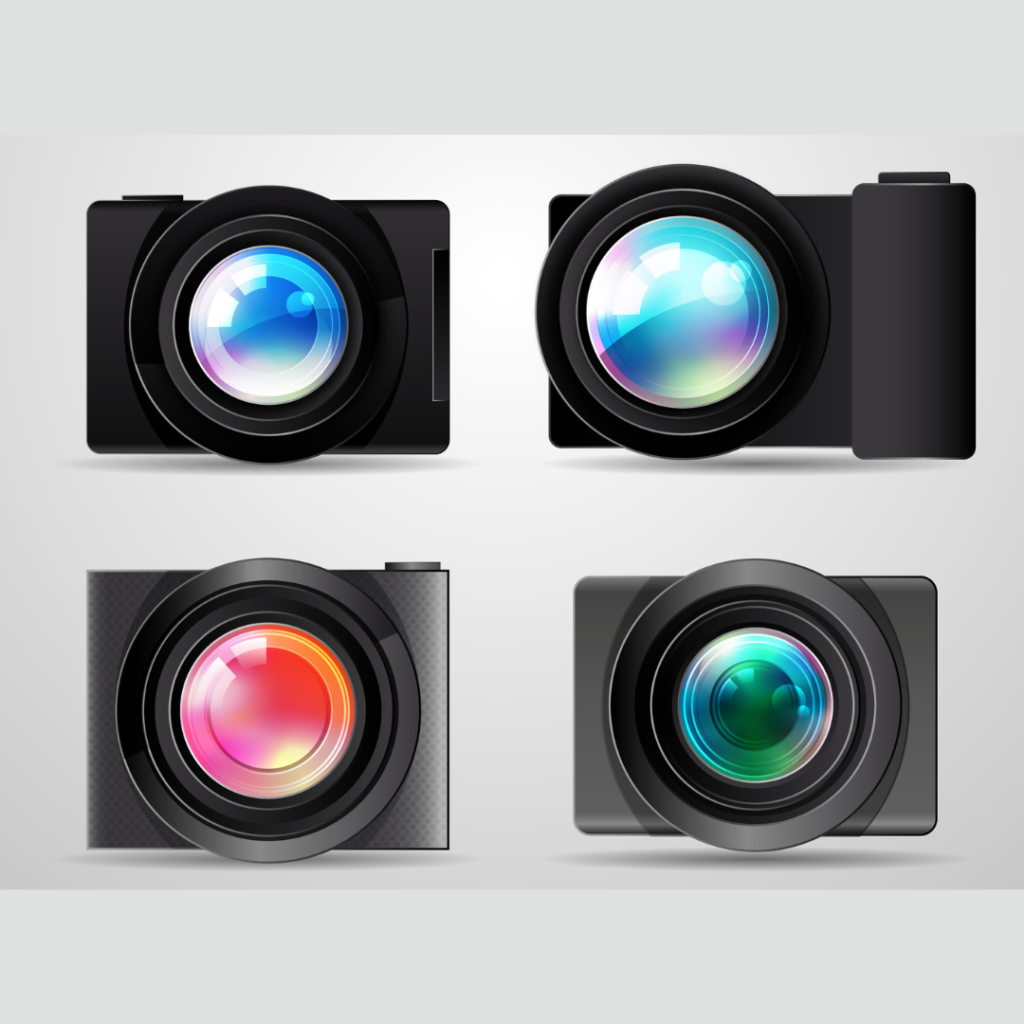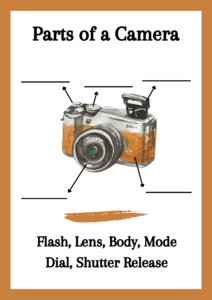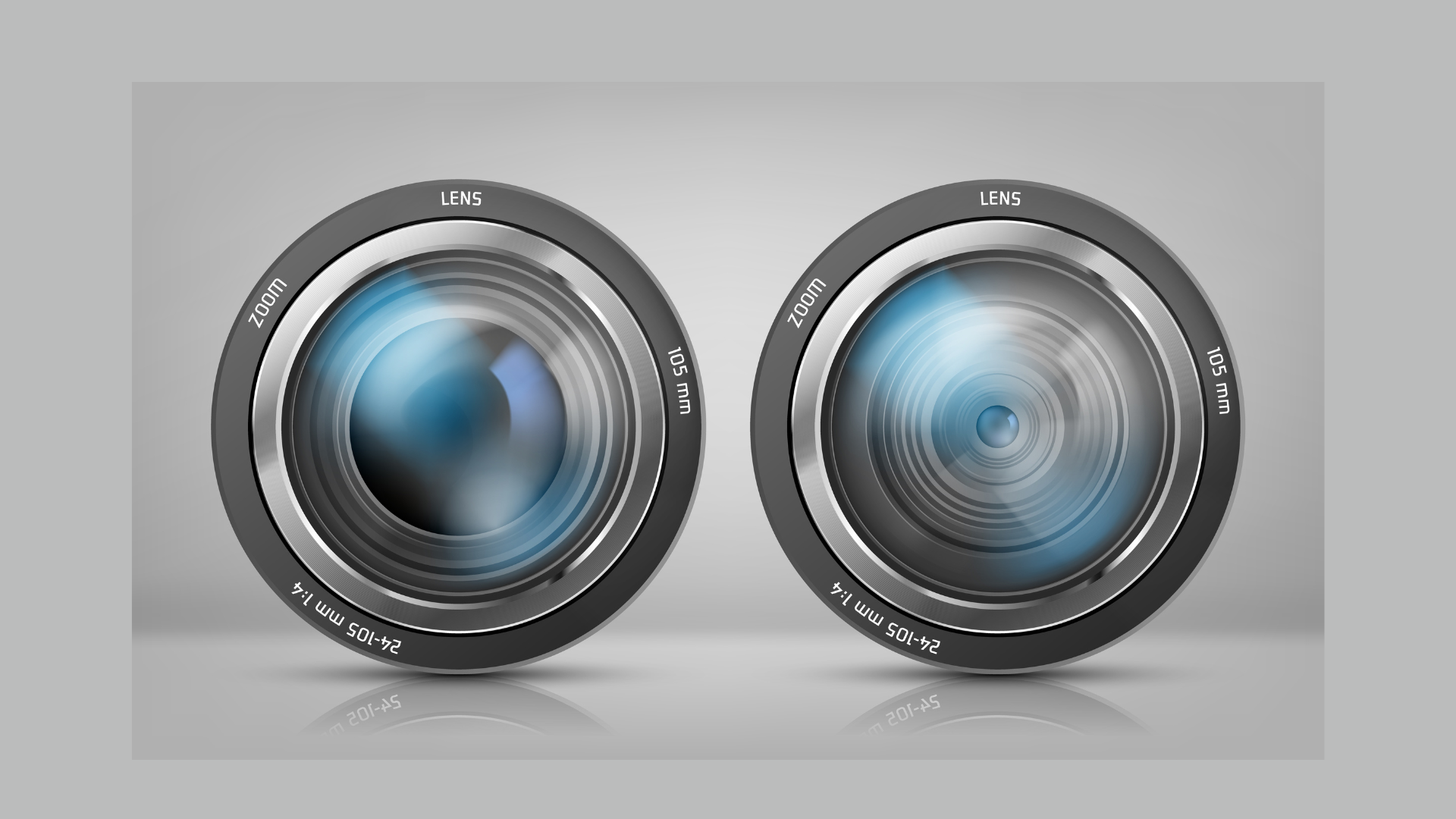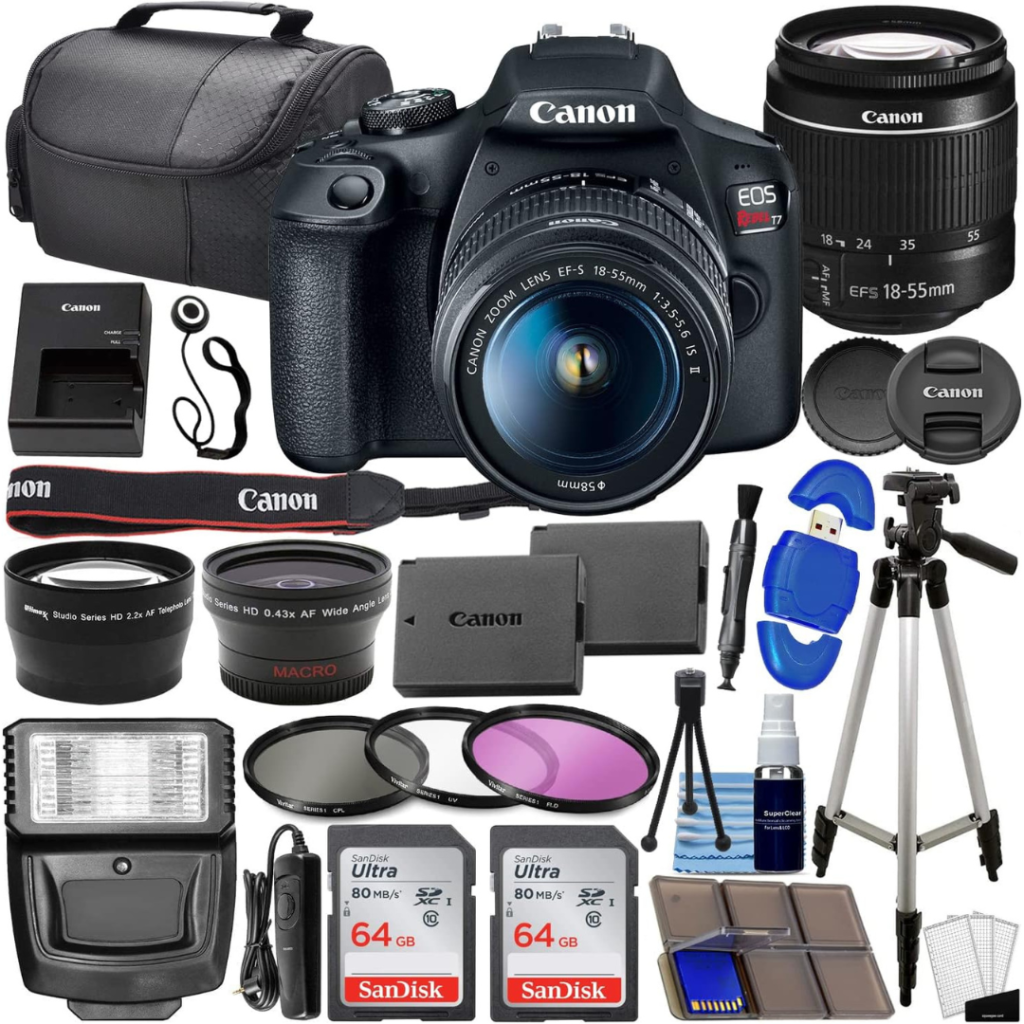What is Camera Polarizer Lens in 2023-2024
Photography, an art capturing moments in time, has evolved with technological advancements. One such innovation making waves in the photography world is the camera polarizer lens. In this comprehensive guide, we’ll delve into the intricacies of these lenses, exploring their functionality, types, benefits, and how they can significantly impact your photography.
1. Introduction
A. Definition of Camera Polarizer Lens: A camera polarizer lens is a crucial accessory for photographers seeking to enhance the quality of their images. It is designed to reduce glare, reflections, and improve color saturation, ultimately providing photographers with more control over their shots.
B. Importance in Photography: The significance of a camera polarizer lens lies in its ability to cut through unwanted reflections, especially in outdoor settings. Whether you’re capturing landscapes, portraits, or wildlife, this accessory can make a remarkable difference in the final output.
2. How Does a Camera Polarizer Lens Work?
A. Polarization Basics: To understand how a camera polarizer lens works, let’s delve into the basics of polarization. When light reflects off non-metallic surfaces, it becomes polarized, leading to glare and reflections. A polarizer filters this polarized light, reducing these unwanted effects.
B. Functionality in Photography: In the realm of photography, the camera polarizer lens is like a magic wand. By selectively filtering light, it enhances colors, deepens contrast, and improves overall image quality. It’s a game-changer when shooting scenes with water, sky, and glass.
C. Impact on Image Quality: The impact of a camera polarizer lens on image quality is profound. It not only reduces glare but also enriches colors, making your photographs more vibrant and visually appealing. The effect is particularly noticeable in blue skies and bodies of water.

3. Types of Camera Polarizer Lenses
A. Linear Polarizers: Linear polarizers were the first-generation polarizing filters. However, their use is limited in modern cameras due to autofocus and metering issues.
B. Circular Polarizers: Circular polarizers overcome the limitations of linear polarizers, making them the preferred choice for DSLR and mirrorless cameras. They ensure proper autofocus and metering while still delivering excellent polarizing effects.
C. Choosing the Right Type: When selecting a camera polarizer lens, it’s crucial to choose between linear and circular based on your camera type. Understanding these differences ensures optimal performance and compatibility.
4. Benefits of Using a Camera Polarizer Lens
A. Reduced Glare and Reflections: One of the primary benefits of using a camera polarizer lens is the significant reduction in glare and reflections. This is especially advantageous when photographing shiny or reflective surfaces.
B. Enhanced Color Saturation: A polarizer intensifies color saturation by cutting through atmospheric haze. This effect is particularly striking in landscapes, where the sky appears deeper blue, and foliage becomes more vibrant.
C. Improved Contrast: The polarizing filter enhances the overall contrast in your images, bringing out details in both shadows and highlights. This results in a more dynamic and visually appealing photograph.
6. How to Properly Use a Camera Polarizer Lens
A. Adjusting the Polarizer for Maximum Effect: Achieving the desired effect with a camera polarizer lens involves proper adjustment. Rotate the filter to find the position that minimizes glare and maximizes color saturation.
B. Common Mistakes to Avoid: While using a polarizer, avoid over-polarizing, as this can lead to unnatural-looking skies. Additionally, be mindful of the angle of the light source to ensure the optimal impact of the polarizing filter.
7. Camera Polarizer Lens Maintenance
A. Cleaning and Storage Tips: To prolong the life of your camera polarizer lens, adopt proper cleaning habits. Use a lens brush or air blower to remove dust before wiping with a lens cleaning solution. Store it in a protective case to prevent scratches.
B. Prolonging the Lifespan: Avoid exposing the polarizer to extreme temperatures and humidity. When not in use, keep it in its case to protect the filter from physical damage and environmental factors.
8. Top Brands and Models in Camera Polarizer Lenses
A. Brand A – Model X: Brand A’s Model X is renowned for its optical quality and durability. It consistently delivers exceptional performance, making it a favorite among professional photographers.
B. Brand B – Model Y: Model Y from Brand B is a circular polarizer known for its compatibility with a wide range of cameras. It strikes a balance between affordability and high-quality results.
C. Comparison and Reviews: Before making a purchase, consider the specific needs of your photography style. Read reviews from fellow photographers to gain insights into the performance and durability of different camera polarizer lenses.
9. DIY Polarizer Filters: Myth or Reality?
A. Internet Hacks and Their Effectiveness: Online forums may suggest various DIY polarizer filter hacks using everyday materials. While some may show temporary results, they often fall short of delivering the consistent and high-quality performance of dedicated camera polarizer lenses.
B. Risks and Considerations: Experimenting with DIY polarizer filters can pose risks to your camera lens and image quality. Scratches, color distortion, and reduced sharpness are potential drawbacks that outweigh the temporary cost-saving benefits.
10. Impact of Camera Polarizer Lenses on PopInvesto AI Blog
A. Integration into AI Photography Solutions: As technology continues to advance, camera polarizer lenses are becoming integral components of AI-driven photography solutions. The PopInvesto AI blog explores how these lenses enhance the capabilities of AI-powered cameras, providing users with unprecedented control over image quality.
B. User Experiences and Reviews: The blog features user experiences and reviews of incorporating camera polarizer lenses into AI photography setups. Real-world examples showcase the transformative impact of these lenses on the output of AI-generated images.
11. Future Trends in Camera Polarizer Lens Technology
A. Technological Advancements: Ongoing research and development in camera polarizer lens technology are paving the way for innovative features. These may include smart polarizers with adjustable settings, further customization options, and improved integration with AI photography systems.
B. Emerging Features: Keep an eye on emerging features in the world of camera polarizer lenses, such as built-in sensors that automatically adjust polarization based on environmental conditions. These advancements aim to make photography even more accessible and enjoyable.
C. AL and Smart Gadget: immerge the new technology in Camera like AI and Smart Gadget which will enhance of camera capacity.

12. Frequently Asked Questions (FAQs)
A. How does a camera polarizer lens differ from other filters?
A camera polarizer lens specifically targets and reduces glare and reflections, distinguishing it from other filters that may focus on color correction or special effects.
B. Can I use a polarizer on a smartphone camera?
Yes, some smartphone camera lenses support attachable polarizers. However, built-in smartphone lenses may not be compatible with external filters.
C. Are there any side effects to using a polarizer excessively?
Excessive use of a polarizer can lead to unnatural-looking skies and overly saturated colors. It’s essential to find the right balance for each shot.
D. Is a circular polarizer worth the extra cost?
For modern cameras with autofocus and metering systems, a circular polarizer is worth the investment as it ensures optimal performance without interfering with these functions.
E. How often should I replace my camera polarizer lens?
If properly maintained, a camera polarizer lens can last for several years. However, consider replacing it if you notice a decline in image quality or visible damage to the filter.

